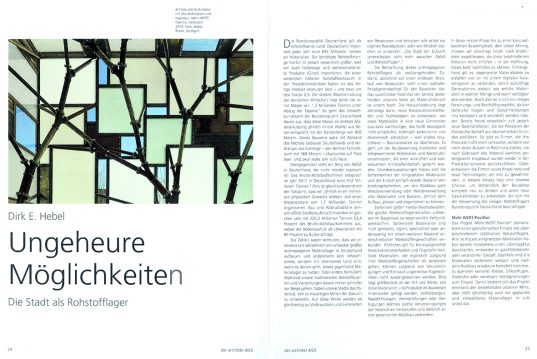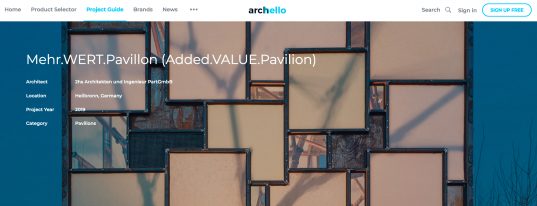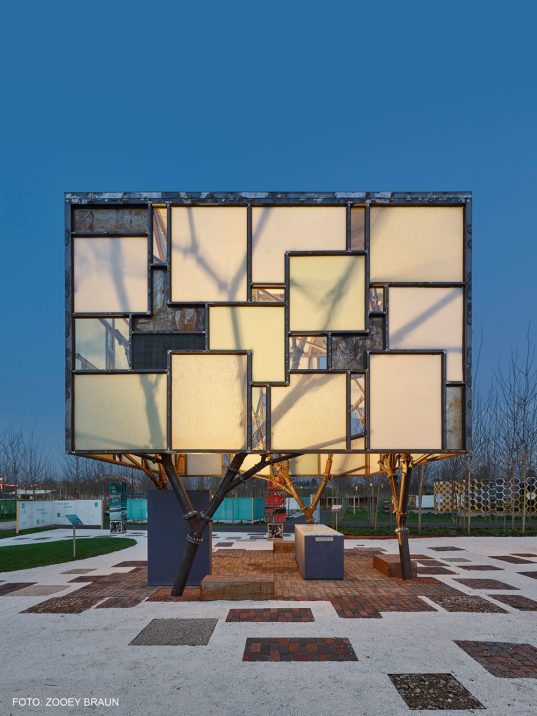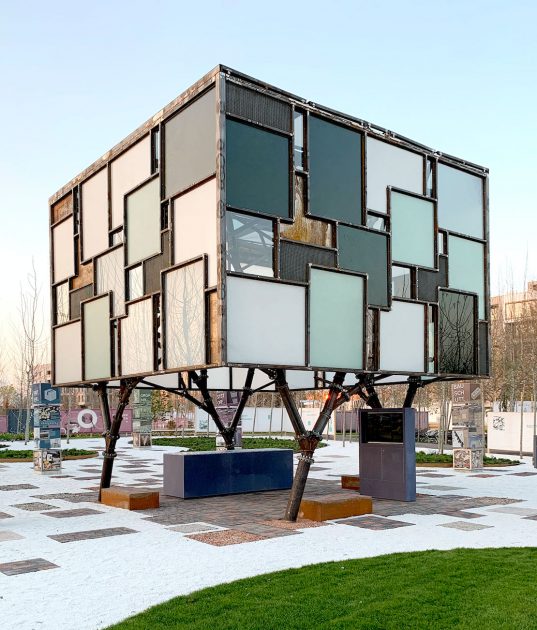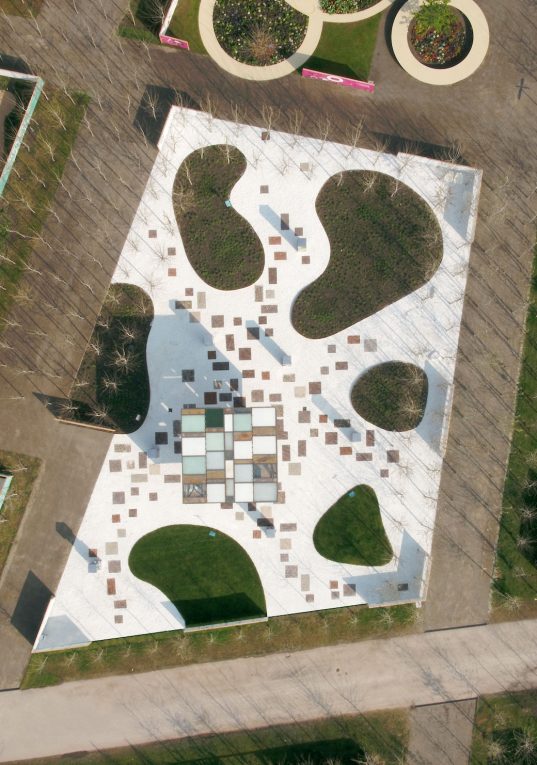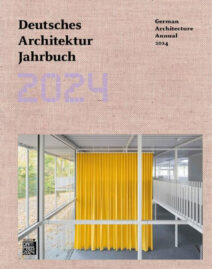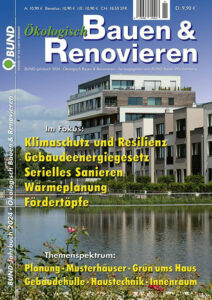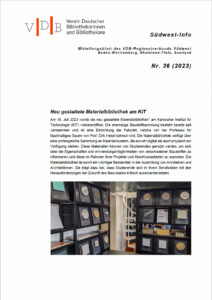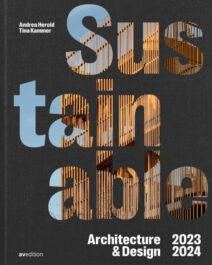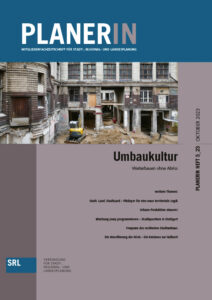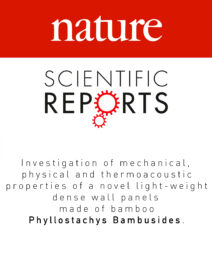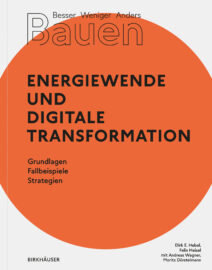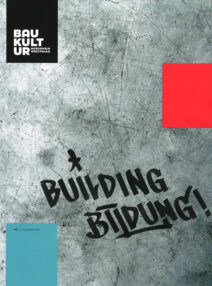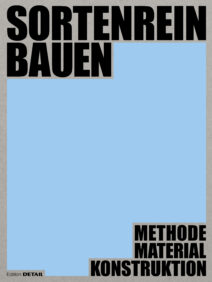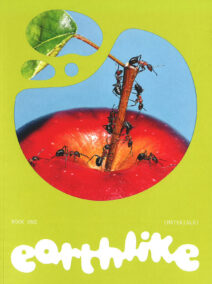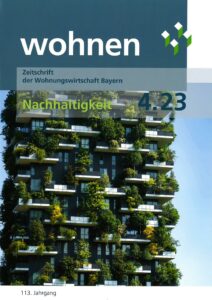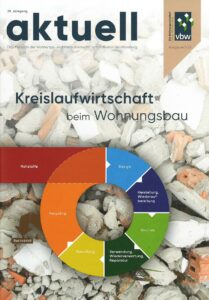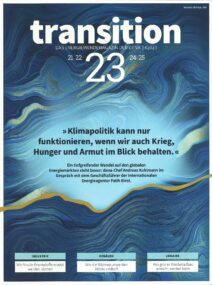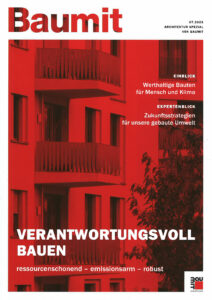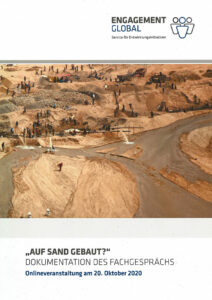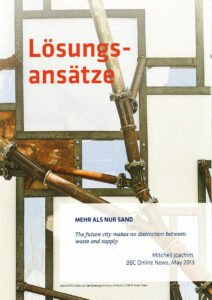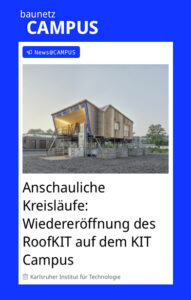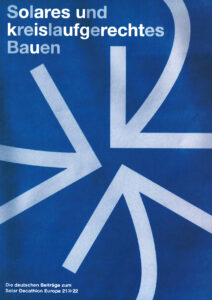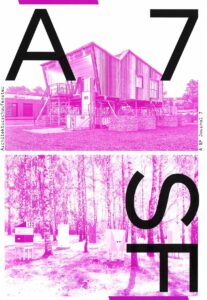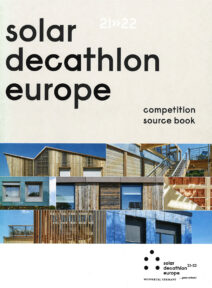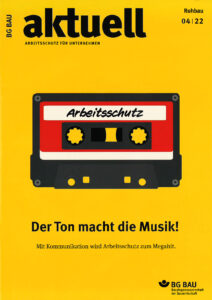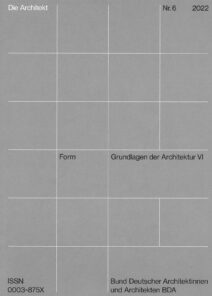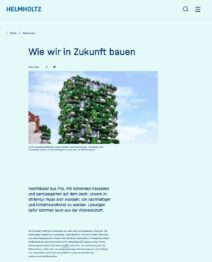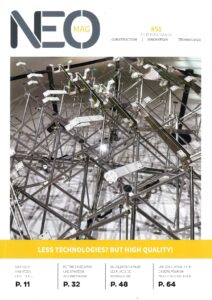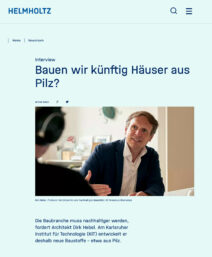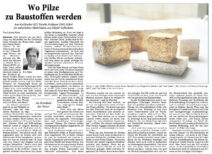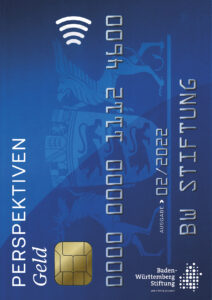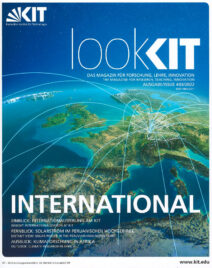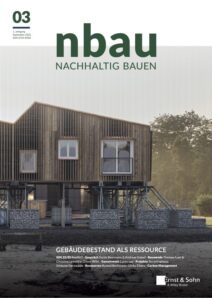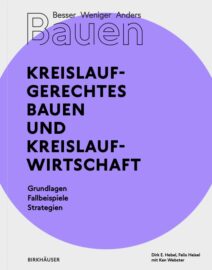Green Solutions Awards 2020-21: The Mehr.WERT.Pavillon was awarded the Sustainable Infrastructure Grand Prize
The Green Solutions Awards ceremony took place in Glasgow on Wednesday 10 November 2021. The competition, organised by the international Construction21 platform, rewards outstanding architectural projects that address the challenges of climate protection and sustainability in an innovative way. Winners were selected from 192 entries from 25 countries in eight categories. 16 other projects received recognition from the jury, which is made up of experts in sustainable construction from around the world.
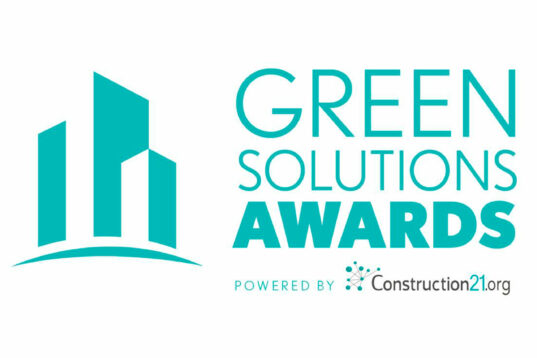
The jury was particularly impressed by these projects because they address the key issues of sustainable construction: economy of materials, energy efficiency, health and user comfort, off-site prefabrication, protection of biodiversity and species, circular economy, and many more. They were also selected because they have the potential to inspire building sector professionals and be adapted and developed on a large scale.


The Mehr.WERT.Pavillon – Top View © Jonathan Preker Copterbrothers, Side view © Felix Heisel
The Mehr.WERT.Pavillon, built up on the Bundesgartenschau 2019 in Heilbronn, was awarded the Sustainable Infrastructure Grand Prize. The building proved that it is already possible today to design and realise sophisticated architecture entirely from the materials of the urban mine, and to apply the principles of the circular economy in its construction without compromise. The materials used for the construction were all selected according to these requirements and joined only with the help of detachable, mechanical connections, so that they can be completely reused or recycled without any loss of value. However, the structure was so convincing that it has now been completely relocated for the time being after the end of the exhibition and will continue to exist for a few more years near its original location – as a material storage facility, social meeting place and physical proof that it is already possible to build in a cycle-friendly manner today.
The jury of the Green Solutions Awards 2020-21 stated: “By betting on the circular economy, it shows how urban areas can be sources of materials. The Mehr Wert Pavilion in Germany is built entirely from recycled materials and can be completely dismantled. A feat in terms of sobriety that should send a signal to all planners and builders.”
The aim of the pavilion was and is to discuss important questions of future building and the associated use of resources with decision-makers from politics, building planning and implementation, and to develop new innovative concepts, applications and methods from this, both in practice and in teaching.
The Ministry for the Environment, Climate Protection and Energy Sector Baden Württemberg has produced a film about the development process of the Mehr.WERT.Pavilion from planning to construction, which can be viewed here.
